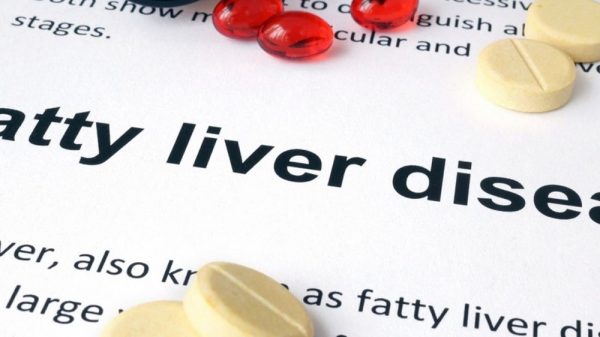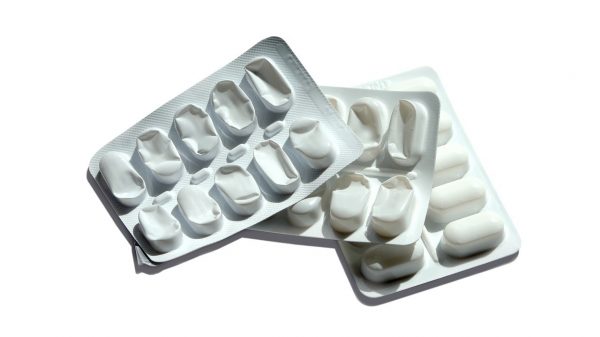Have you been diagnosed with liver cirrhosis? There are many issues to know about this condition including how long can you live with cirrhosis of the liver stage 4. This stage is the final stage of liver disease that starts out with a fatty liver. Global rates of liver disease and cirrhosis have been spiking in recent years. Studies show that up to 10% of worldwide death involved people with cirrhosis. If you have this condition it’s important to manage it effectively and learn the basics including symptoms, causes, and treatments. This can help to provide a better result when dealing with the disease.
The life expectancy for the liver disease can vary greatly based on several factors. For example, there are four stages that range from fatty liver to liver cirrhosis. If you have cirrhosis that is a late-stage liver disease but the life expectancy can be over a decade without complications. Like other conditions, it’s critical to slow down/stop the disease’s progression as much as possible. This is like insulin resistance that can lead to prediabetes and diabetes. The key is to take all the “right” steps. For example, if you have alcohol-related cirrhosis then it’s important to minimize/quit your consumption of alcoholic drinks in order to prevent further damage.
What Exactly Is Liver Failure?
It’s important to note that there’s a difference between liver disease and liver failure. This is related to the life expectancy for people in one of the four stages of liver disease. There are various causes of liver disease including alcohol, diet, and infections.
It’s important to avoid liver failure since this means your liver cannot do important functions like making bile to digest food and clearing the blood of toxins. These are important body functions that are critical for your body to work effectively.
Another issue with liver failure is it can become an emergency situation. There are two main types of liver failure. The acute type happens quickly. Meanwhile, chronic liver failure takes place slowly as time passes.
Liver damage can build up over time in many stages. Each stage negatively affects how well the liver can function.
- INFLAMMATION: This early-stage involves the liver becoming enlarge/flamed.
- FIBROSIS: In this stage scar tissue starts to replace the liver’s healthy tissue in an inflamed liver.
- CIRRHOSIS: Major buildup of tissue scarring has taken place, which makes it tough for the liver to work.
- ESLD: This is end-stage liver disease. The liver’s function has decreased so much that only a liver transplant can cure the damage.
- LIVER CANCER: Cancer cells can show up any of the stages of liver failure. However, it’s most common in liver cirrhosis.
There’s a difference between liver disease/failure. In the case of liver disease, this is a health condition that results in liver inflammation/damage. It can affect your liver’s overall function. Then there’s liver failure. This involves the liver losing some/all functionality. This can happen because of the liver disease-caused damage.
Liver disease can cause damage in many stages. This affects how well the liver can function over time. It highlights the importance to take steps to preserve the liver’s functionality so you can limit how much liver damage takes place.
How Long Can You Live with Cirrhosis of the Liver Stage 4?
This is a late-stage result of liver disease. Cirrhosis causes liver scarring/damage. Within time the scarring can prevent proper liver function, which can lead to liver failure. Several factors can result in cirrhosis including:
- Immune system problems
- Blocked bile ducts
- Non-alcoholic Fatty Liver Disease (NFLD).
- Infections
- Hepatitis C
- Alcohol consumption
Various factors can determine a cirrhosis patient’s life expectancy. Two of the key ones are Model for End-stage Liver Disease (MELD) and Child-Turcotte-Pugh (CTP) score.
The MELD score can help to figure out the risk of death among patients with liver disease (end-stage). Lab test values calculate MELD scores. There are various substances that are used to calculate the patient’s MELD score.
The score is used to figure out the chance of someone passing away within 3 months. This provides various benefits. It gives doctors an idea about a patient’s life expectancy. It also determines who should be moved up on waiting lists for liver transplants.
Liver transplants can help to boost a patient’s life expectancy. A higher MELD score increases the chance someone will pass away within 3 months. It can bump them up on the waiting list.
There’s also the CPT score. This is used to determine if someone has Class A/BC cirrhosis. Class A is mild, Class B is more mid-level, and class C is serious.
The CPT and MELD scores are estimates that help to calculate how long cirrhosis patients will likely live. The main goal is to give doctors a basic idea about how long someone will likely live.
It’s not possible to reverse cirrhosis. However, you can take several steps to slow down how fast it progresses and prevent liver damage. Here are some of the main steps to take:
- Limit salt
- Avoid alcohol
- Use OTC medicines carefully
- Lower risk of infection
Top Tips for Healthier Liver
1. Talk to your doctor before starting new medicines
This includes over-the-counter (OTC) medicines and even herbal supplements. Sometimes there are medicines or “interactions” that can cause problems. It’s important to know about them so you can avoid certain medicines and combos that might worsen liver problems.
2. Avoid inhaling toxins
This includes ones like air pollution and paint. These can cause liver damage over time. If you have to be around such substances make sure you wear a mask so you don’t breathe them in.
3. Get hepatitis vaccine
This can help to protect yourself from viruses that can damage your liver. The costs for hepatitis vaccines are relatively low. So you won’t have to spend big bucks in order to protect your liver from hepatitis. This is one of the main causes of liver issues so it’s critical to protect yourself through a vaccine.
4. Maintain a well-balanced, low-fat diet
It’s important to make sure your diet is both low-diet and well-balanced. This is critical to help protect the liver. It’s a good idea to go low-fat and moderate-carb.
5. Avoid alcohol/smoking
You should consider avoiding both since they can damage the liver. You should definitely quit smoking. If you’re going to drink alcohol once in a blue moon make sure it’s a limited amount like a glass of wine or a shot of spirits.
6. Visit a liver specialist
This is important to protect your liver’s health. This is a basic yet important step to take in order to maintain a healthier liver. It’s especially important if you’ve already been diagnosed with a liver condition like cirrhosis. In that case, it’s important to make sure you’re getting the treatment you need to prevent further damage after learning how long can you live with cirrhosis of the liver stage 4.
























